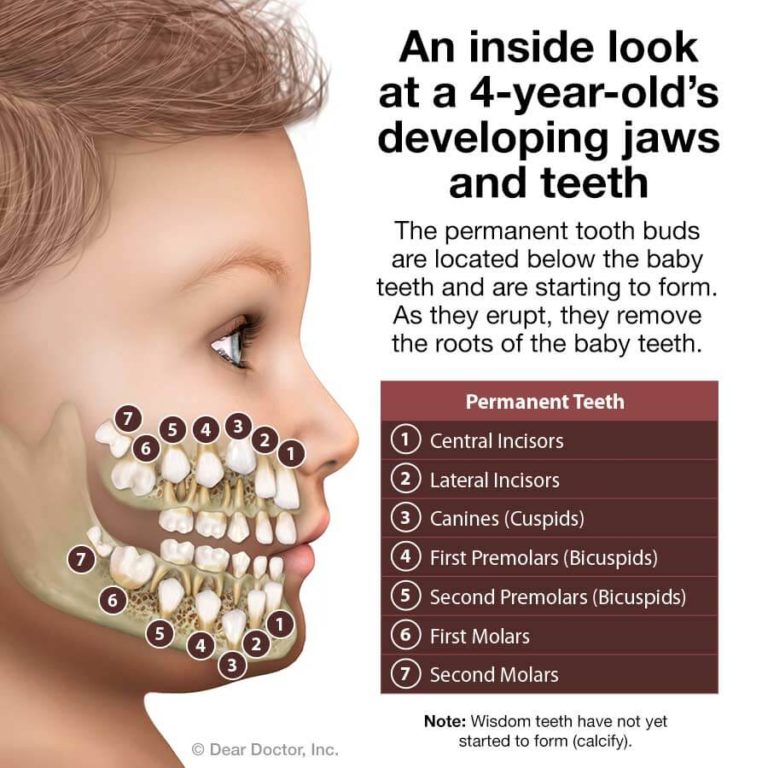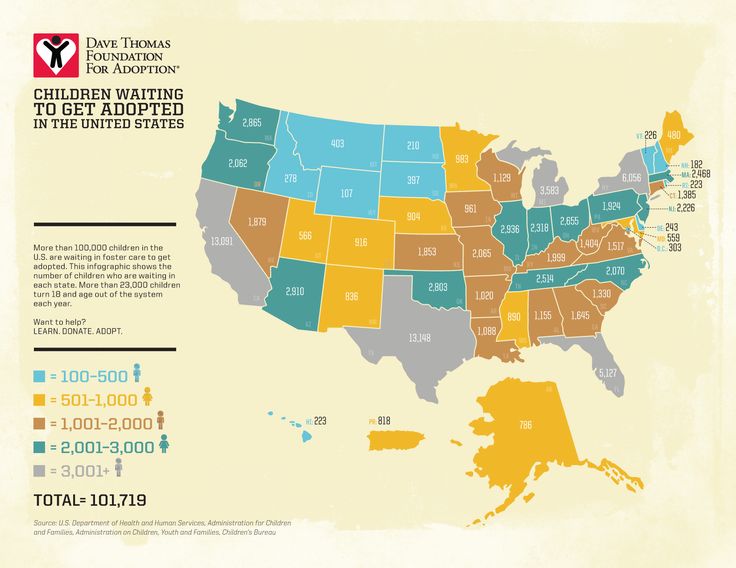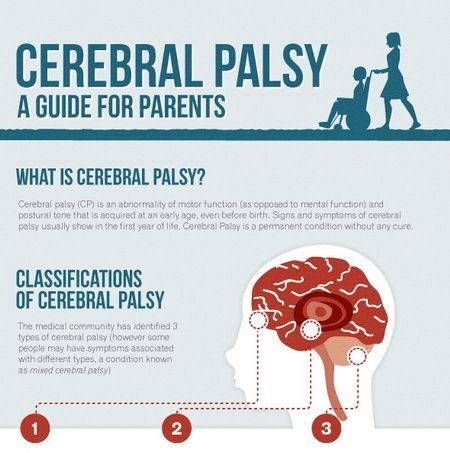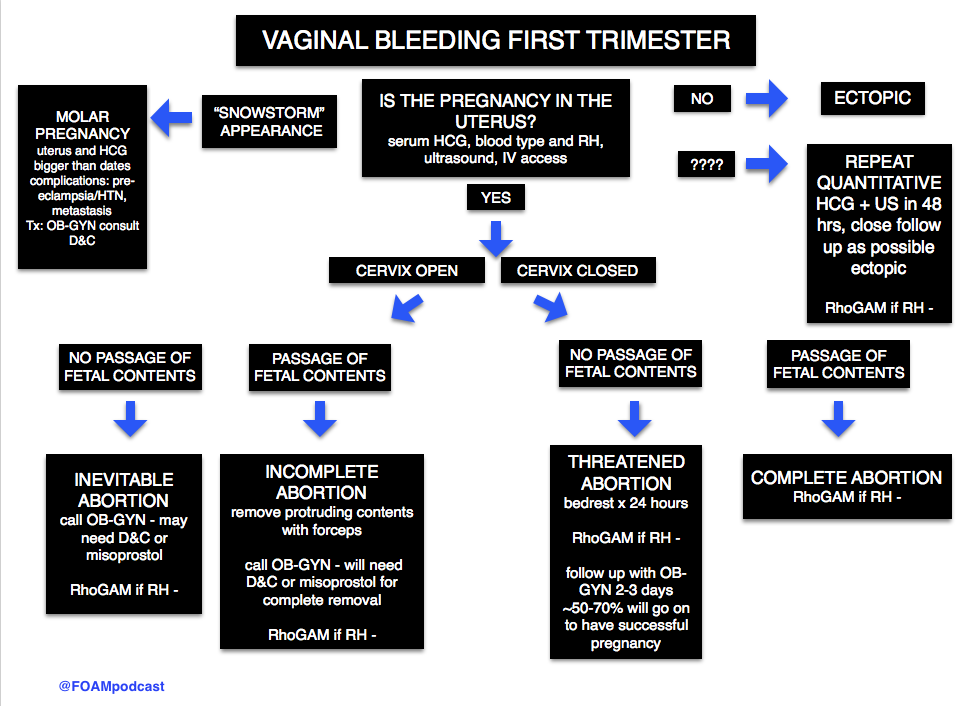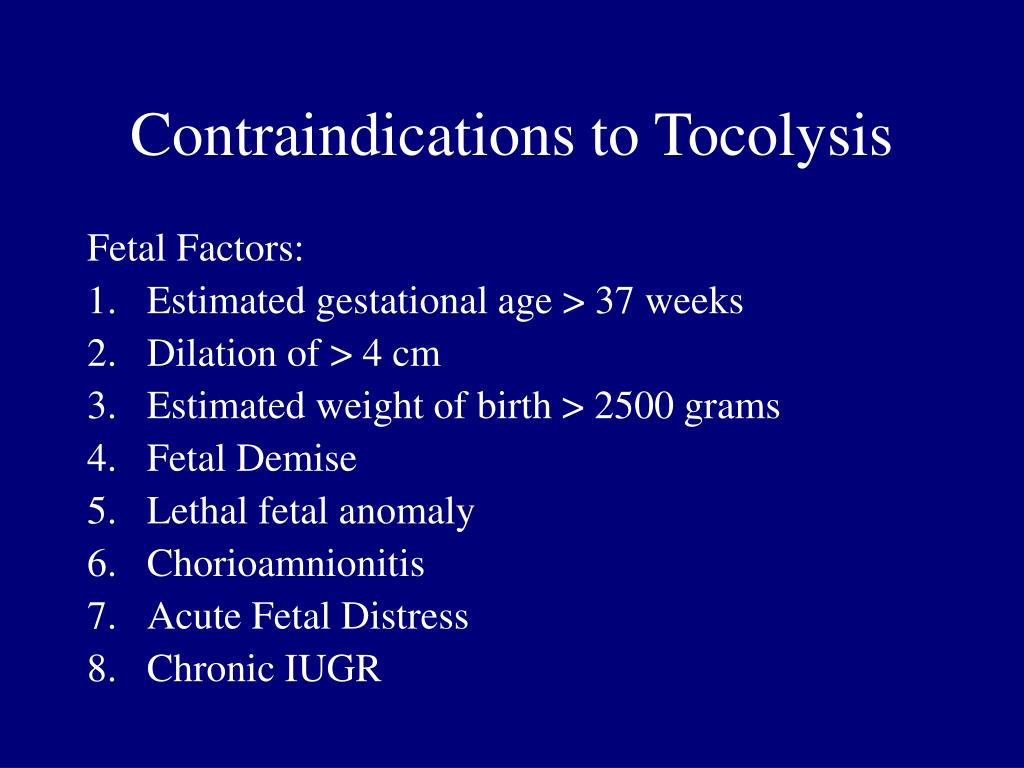What day most fertile
Right Time For Sex , When Do You Ovulate ?
When are you more likely to conceive?
We’re talking about the 'fertile window’ – the days in a woman’s menstrual cycle when pregnancy is possible. The ‘fertile window’ depends on the length of the menstrual cycle, which varies among women.
The ‘fertile window’ is the day an egg is released from the ovary (ovulation) and the five days beforehand. Having sex (intercourse) during this time gives you the best chance of getting pregnant.
Ovulation Calculator
What day did you your most recent period start?
Number of days in your cycle Please select20 Days21 Days22 Days23 Days24 Days25 Days26 Days27 Days28 Days29 Days30 Days31 Days32 Days33 Days34 Days35 Days36 Days37 Days38 Days39 Days40 Days41 Days42 Days43 Days44 Days45 Days
Your ovulation day
Most fertile time
-
What is an ovulation calculator and how does it help you get pregnant?
This ovulation calculator or ovulation calendar can help you work out your most fertile time.
These are the days you are most likely to get pregnant.
It can also estimate your due date if you do become pregnant during your next fertile days.
Others ways to help you work out when you're ovulating:
- Notice changes in vaginal mucus
A few days before ovulation, you may notice your vaginal mucus becomes clear, slick and slippery, and feels a bit like egg white.
This is a sign that ovulation is about to happen. It’s the best time to have sex, as sperm travel more easily in this kind of mucus.
- Use an ovulation predictor kit
You can use a predictor kit from a supermarket or pharmacy, to test your urine for signs of ovulation. If you start testing your urine a few days before the day you next expect to ovulate, a positive result means you are going to ovulate within the next 24 to 36 hours (one to two days).

-
Facts about timing
Ovulation is when a mature egg is released from the ovary. The egg then moves down the fallopian tube where it can be fertilised. If sperm are in the fallopian tube when the egg is released, there is a good chance that the egg will be fertilised, creating an embryo, which can grow into a baby.
Pregnancy is technically only possible if you have sex during the five days before ovulation or on the day of ovulation. But the most fertile days are the three days leading up to and including ovulation. Having sex during this time gives you the best chance of getting pregnant.
By 12-24 hours after ovulation, a woman is no longer able to get pregnant during that menstrual cycle because the egg is no longer in the fallopian tube.
There’s almost no chance of getting pregnant if you have sex before or after the fertile window (but if you’re not trying to get pregnant, don’t rely on this – contraception is your best option!).

-
How to know when you’re ovulating
Knowing when you ovulate can help you plan for sex at the right time and improve your chance of getting pregnant. You can keep track of your menstrual cycles on a chart, in a diary, or on a free period-tracker app on your smartphone.
To work out the length of your menstrual cycle, record the first day you start bleeding (first day of your period). This is day 1. The last day of your cycle is the day before your next period begins.
- What is a ‘menstrual cycle’ and a ‘period’?
Some people think the ‘menstrual cycle’ and a ‘period’ are the same thing.
A period is when you bleed (or menstruate).
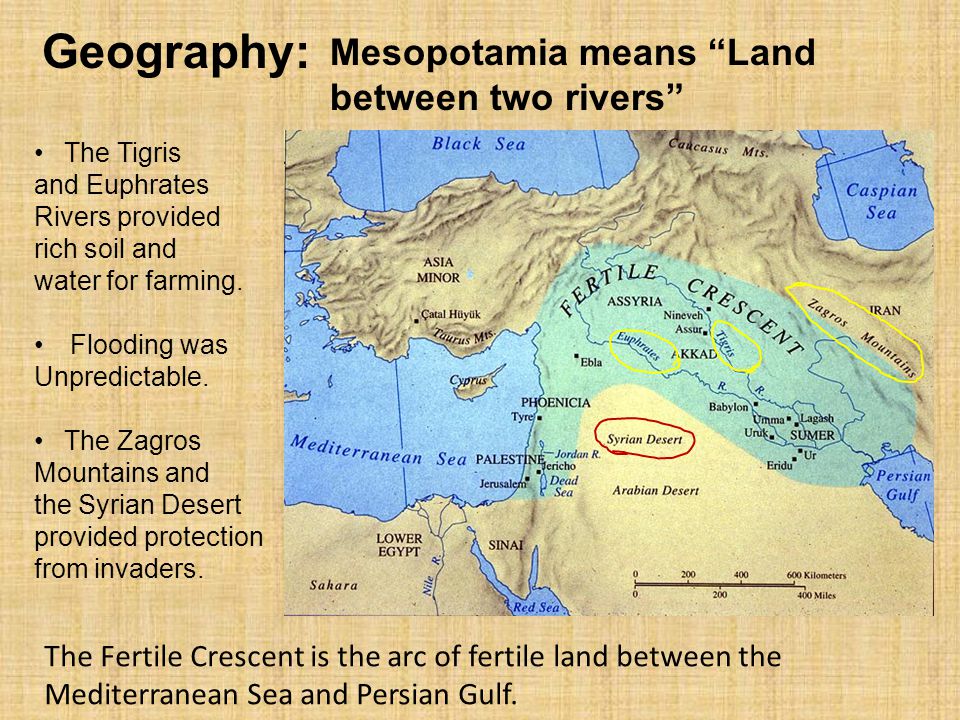
A menstrual cycle starts on the day when a period starts (day 1) and ends the day before the next period. A cycle’s length is considered normal if it’s between 21 and 35 days. They can vary between women and from one cycle to the next.
- Working out your ‘average’ menstrual cycle length
If your menstrual cycles are different lengths (most women’s cycles are) you can work out your average cycle length.
The number of days in a woman’s menstrual cycle can vary month to month. Periods are not always regular. It can be useful to work out an ‘average’ cycle length, based on the length of three menstrual cycles, to estimate when you’re most likely to be ovulating.
If you add the number of days in three cycles and divide the total number by three, it gives you your average cycle length.
Example
Sarah tracked her last three menstrual cycles by counting the time from the first day of one period, to the day before the next period.
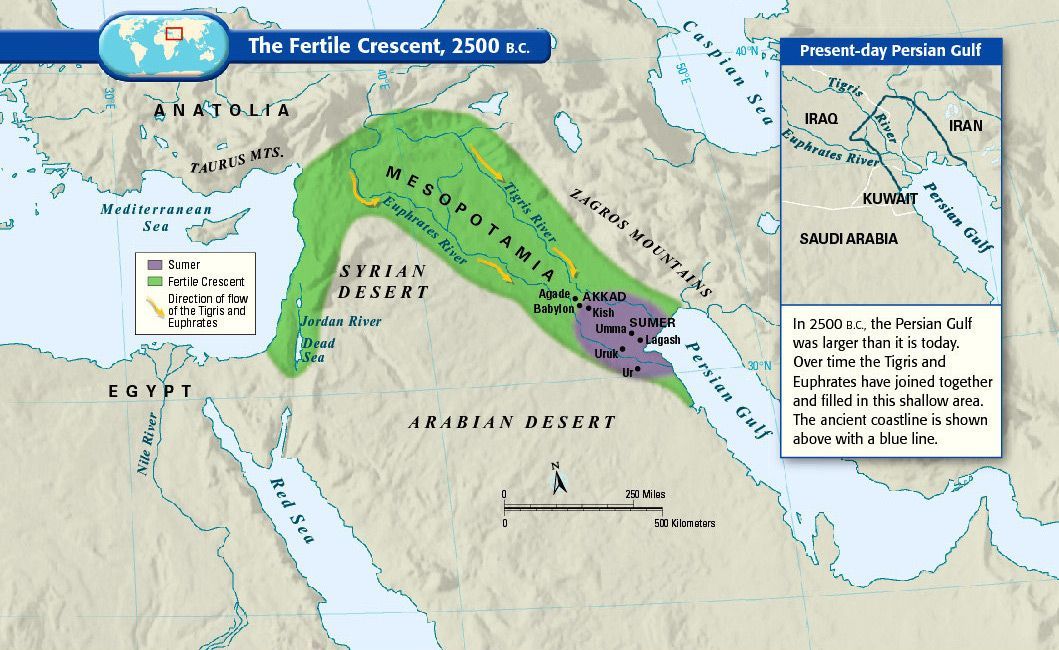
Cycle 1 was 28 days; Cycle 2 was 32 days; Cycle 3 was 27 days
28 + 32 + 27 = 87
87 divided by 3 = 29
So the average length of Sarah’s menstrual cycles is 29 days.
- Working out your most fertile days
When you know your average menstrual cycle length, you can work out when you ovulate.
Ovulation happens about 14 days before your period starts.
- If your average menstrual cycle is 28 days, you ovulate around day 14, and your most fertile days are days 12, 13 and 14.
- If your average menstrual cycle is 35 days ovulation happens around day 21 and your most fertile days are days 19,20 and 21.
- If you have shorter cycles, say 21 days, ovulation happens around day 7 and your most fertile days are days 5, 6 and 7.
Your most fertile days are the three days leading up to and including the day of ovulation.

Some women have very irregular cycles or find it difficult to work out an average cycle length. This can make it hard to work out when ovulation happens. If it’s all too hard, having sex every 2-3 days covers all bases and improves your chance of getting pregnant.
Myth busting
- MYTH
A woman can get pregnant any time of the month.
- FACT
A woman can only get pregnant on a few days during her menstrual cycle.
Why?
Because eggs and sperm only live for a short time:
- Sperm live for around five days.
- Eggs can only be fertilised for around 24 hours (one day) after being released from the ovary.
Eggs and sperm need to come together at the right time for fertilisation to happen to create an embryo.
Getting the timing right
If you're trying to get pregnant, timing is everything. Dr Karin Hammarberg explains how to work out when you are ovulating and the right time to have sex to improve your chance of pregnancy.
-
What are the chances?
Having sex as close as possible to the time of ovulation increases the chance of pregnancy.
If a woman has sex six or more days before she ovulates, the chance she will get pregnant is virtually zero.
If she has sex five days before she ovulates, her probability of pregnancy is about 10 percent.
If she has sex on the day of ovulation, or the two days before, the chance of getting pregnant is around 30 percent.
These are average figures and depend on a woman’s age.
When does preconception health begin?
Professor Sarah Robertson, Director of Robinson Research Institute, University of Adelaide, highlights the key time before pregnancy that your health is most important to ensure your child has the best start to life.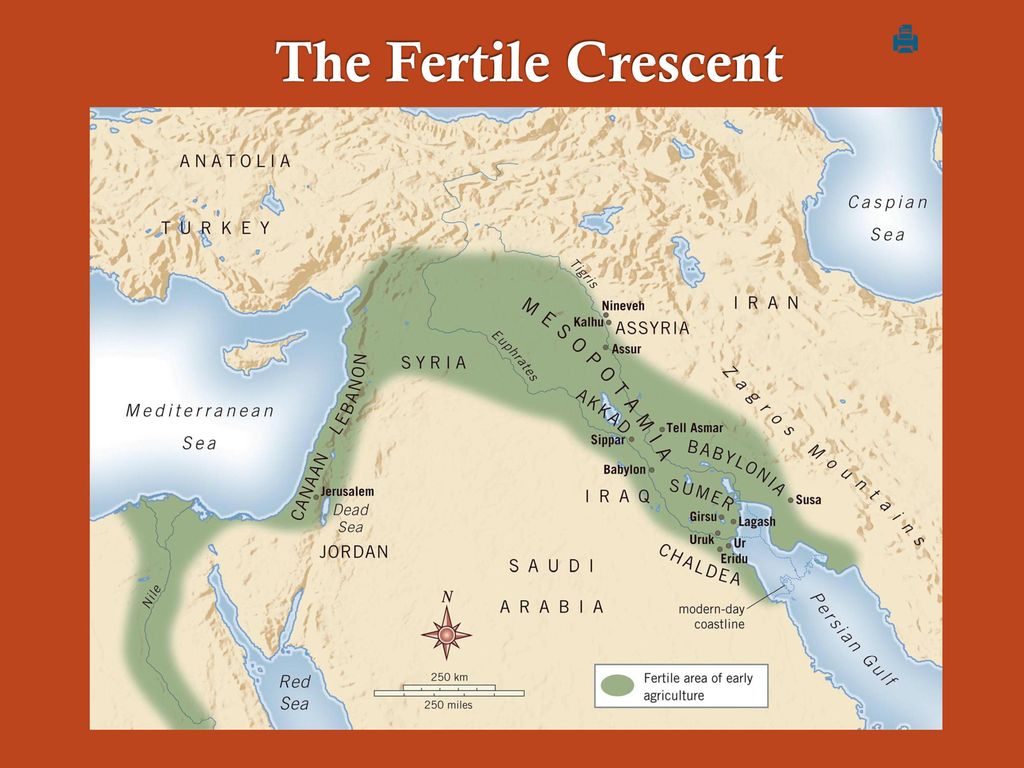
How to know you are ovulating
Kerry Hampton, a registered nurse and fertility specialist, discusses the importance of fertility awareness, and how to determine your fertile window to improve your chances of conceiving.
- References
- American Society for Reproductive Medicine, Optimizing natural fertility, https://www.reproductivefacts.org/news-and-publications/patient-fact-sheets-and-booklets/documents/fact-sheets-and-info-booklets/optimizing-natural-fertility/
- Berglund Scherwitzl, et al. (2015). Identification and prediction of the fertile window using Natural Cycles. The European Journal of Contraception and Reproductive Health Care, 20(5), 403-408. doi:10.3109/13625187.2014.988210
- Ecochard, R., et al. (2015). Self-identification of the clinical fertile window and the ovulation period.
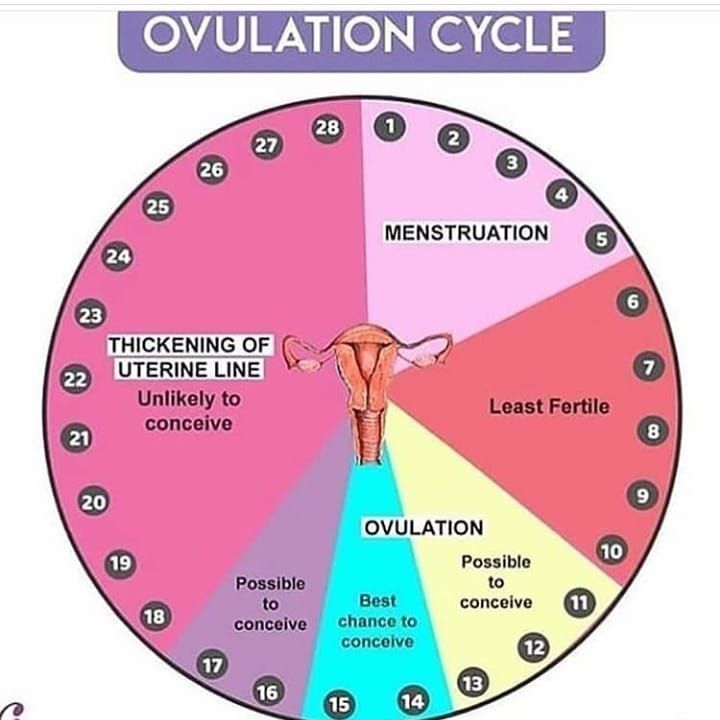 Fertility and Sterility, 103(5), 1319-1325.e1313. doi: http://dx.doi.org/10.1016/j.fertnstert.2015.01.031
Fertility and Sterility, 103(5), 1319-1325.e1313. doi: http://dx.doi.org/10.1016/j.fertnstert.2015.01.031 - Pfeifer, S., et al. (2017). Optimizing natural fertility: a committee opinion. Fertility and Sterility, 107(1), 52-58. doi: 10.1016/j.fertnstert.2016.09.029
- Stanford, J. B. (2015). Revisiting the fertile window. Fertility and Sterility, 103(5), 1152-1153. doi: http://dx.doi.org/10.1016/j.fertnstert.2015.02.015
- Stanford, et al. (2002). Timing intercourse to achieve pregnancy: current evidence. Obstetrics and Gynecology, 100(6), 1333-1341.
- Stephenson, J., et al. (2018). Before the beginning: nutrition and lifestyle in the preconception period and its importance for future health. The Lancet, 10.1016/S0140-6736(18)30311-8 doi: 10.1016/S0140-6736(18)30311-8
- Vélez, M. Pet al. (2015). Female exposure to phenols and phthalates and time to pregnancy: the Maternal-Infant Research on Environmental Chemicals (MIREC) Study. Fertility and Sterility.
 doi: 10.1016/j.fertnstert.2015.01.005
doi: 10.1016/j.fertnstert.2015.01.005 - Verón, G. L., et al. (2018). Impact of age, clinical conditions, and lifestyle on routine semen parameters and sperm kinematics. Fertility and Sterility, 110(1), 68-75.e64. https://doi.org/10.1016/j.fertnstert.2018.03.016
- Waylen, A. Let al. (2009). Effects of cigarette smoking upon clinical outcomes of assisted reproduction: a meta-analysis. Hum Reprod Update, 15(1), 31-44.
- Zenzes, M. T. (2000). Smoking and reproduction: gene damage to human gametes and embryos. Hum Reprod Update, 6(2), 122-131.
Page created on: 28/08/2018 | Last updated: 14/10/2022
How to Chart Your Cycle to Know When You Can Get Pregnant
Written by Jennifer Rainey Marquez
In this Article
- Check Your Basal Body Temperature (BBT)
- Check Your Cervical Mucus
Getting pregnant is all about timing. You want to make sure the conditions are right for egg and sperm to meet. Your menstrual cycle can give you clues about when your body is ready to start the process.
Your menstrual cycle can give you clues about when your body is ready to start the process.
The first step is to learn the days when you're most fertile. Most women have a 28-day menstrual cycle. That means you have about 6 days each month when you can get pregnant. That includes the day that one of your ovaries releases an egg, called ovulation, and the 5 days before. Having sex within that window is key. You can’t get pregnant without ovulation, and tracking your monthly periods is one way to get familiar with your body’s fertility.
To figure it out, you'll need to chart your menstrual cycle and record how long it lasts. Day 1 is the first day of your period. Since the length of your cycle can vary slightly from month to month, it's best to keep track for a few months.
Once you have an average, subtract 18 days from the length of your shortest cycle. This is the first day you're likely to be fertile. Next, subtract 11 days from the length of your longest cycle. This is the last day you're likely to be fertile. Having sex between those two dates will give you the best shot at getting pregnant.
Having sex between those two dates will give you the best shot at getting pregnant.
Check Your Basal Body Temperature (BBT)
It's also a good idea to pay attention to the signs that your body is ready to ovulate. Checking your basal body temperature (BBT) is one way to do this.
The BBT is your temperature first thing in the morning. Just after you ovulate, it rises slightly -- sometimes by less than a degree -- and stays higher until your period starts. If you record your temperature every day, you can spot the subtle changes that mean one of your ovaries has released an egg.
To take your BBT, you need to:
Use a basal body thermometer. It's more sensitive than a standard one and will show temperature changes down to a fraction of a degree. You can get them at many pharmacies for less than $20.
Take your temperature at the same time each morning. Always do it before you get out of bed. (To make it easier, keep the thermometer on your nightstand.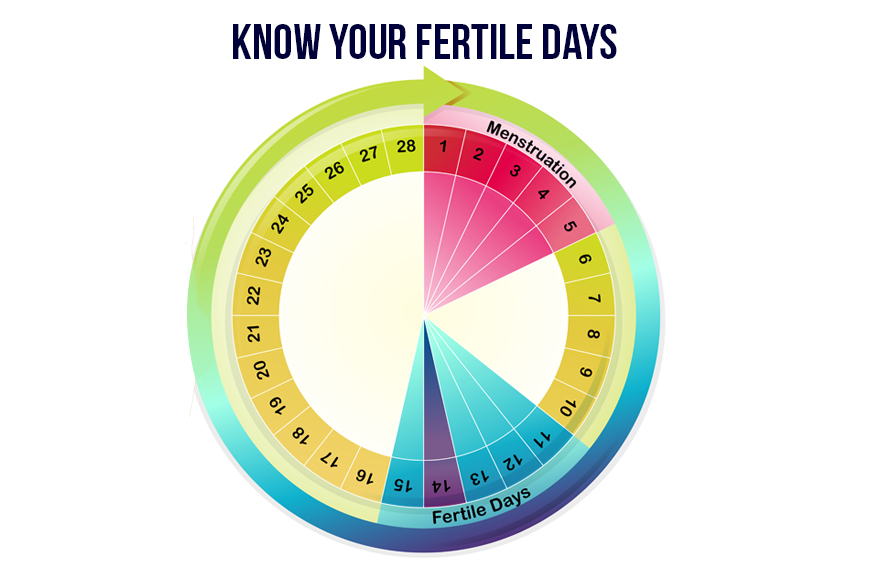 ) Even getting up to go to the bathroom can affect your body temperature. So can smoking, drinking, or getting a bad night's sleep.
) Even getting up to go to the bathroom can affect your body temperature. So can smoking, drinking, or getting a bad night's sleep.
Remember, your BBT won't tell you exactly when you've ovulated, and it may take a couple of months before you start to see a pattern. You're most likely to get pregnant 2 or 3 days before your ovary releases an egg, and then another 12 to 24 hours after that. When your temperature has spiked for 3 days, your chances of conceiving drop.
Check Your Cervical Mucus
The same hormones that control your menstrual cycle also affect the mucus that your cervix makes. Just before and during ovulation, the amount, color, and texture of it change to make it easier for you to get pregnant.
As your ovaries prepare to release an egg, your cervix makes more mucus. A few days before ovulation, it may be sticky and cloudy or whitish. Then, right before you ovulate, the mucus gets slippery, like egg whites. It may stretch across your fingers if you spread them apart. This stage usually lasts 3 or 4 days, which is when you're most likely to get pregnant.
This stage usually lasts 3 or 4 days, which is when you're most likely to get pregnant.
To check your cervical mucus:
- Use your fingers or a tissue to check the opening of your vagina for mucus a few times a day. Make sure your hands are clean before you start. Write down whether it's cloudy and sticky or clear and slippery.
- Chart your cervical mucus changes and your basal body temperature to get a clear picture of where you are in your cycle.
Keep in mind that other things, like breastfeeding, can change your mucus. Using douches or other hygiene products can also affect it. Gynecologists usually don't recommend these products.
When is a woman most fertile?
If you are a woman taking precautions to prevent pregnancy, or if you are thinking about pregnancy in some way in the future, the issue of fertility usually remains in the background.
The question of when a woman is most fertile has two aspects.
First, is the menstrual monthly cycle and the period when a woman is most fertile.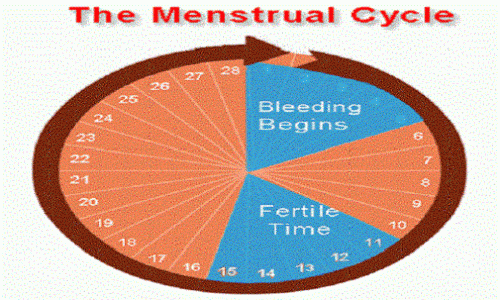
To figure out the arithmetic, a fertility calendar or an ovulation calculator will help. The second aspect of the question concerns biological age and the stage of life at which women are most fertile. In our article, we will look at the monthly cycle, the days that are the most fertile during this cycle, and various means of monitoring and predicting ovulation. This makes it possible to predict the time of maximum fertility with some accuracy.
Second , we look at the stages of fertility at various times in a woman's life and their impact on her ability to conceive.
It is well known that fertility peaks at age 20 and begins to decline after age 30; after 35 years, natural conception rates begin to drop sharply. However, in today's society, many women, for understandable financial and social reasons, choose to delay childbearing until the age of thirty. Thus, we are faced with the paradoxical situation where many women, who have long sought to prevent pregnancy in their younger years, find themselves in a situation where they begin to look for ways to increase their chances of conceiving.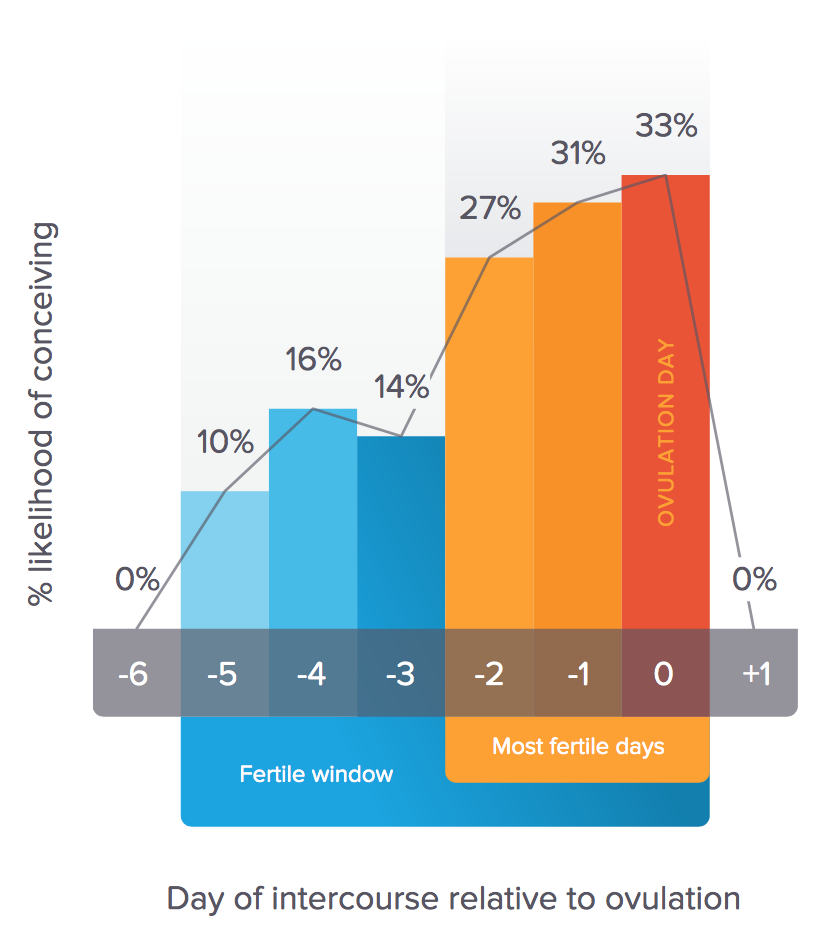
When is a woman most fertile? What does the menstrual cycle show?
In a woman, the ability to conceive is maximum a day or two before and after ovulation. This is when the egg is released from the ovaries. You can calculate with a reasonable degree of accuracy when ovulation will occur, especially if your cycle is regular, anywhere between 24 and 35 days. Consider the start of your period (bright spotting) as the first day of your cycle, and the day before the next as the end of your cycle. Ovulation usually occurs 12-16 days before the start of the next cycle. Thus, if you have a regular 28-day cycle, then the indicator remains the same: ovulation occurs on the 12th-16th day. However, fertile time is not limited to these few days. Remember that you can get pregnant if you have unprotected sex at any time during the week before ovulation, as sperm can live in a woman's genital tract for up to seven days.
Fertility specialists generally advise that if you are hoping to get pregnant, it is advisable to specifically schedule contacts around this time, as it can be difficult to calculate the exact day of ovulation, and trying to have sex on a schedule can cause unnecessary stress and anxiety.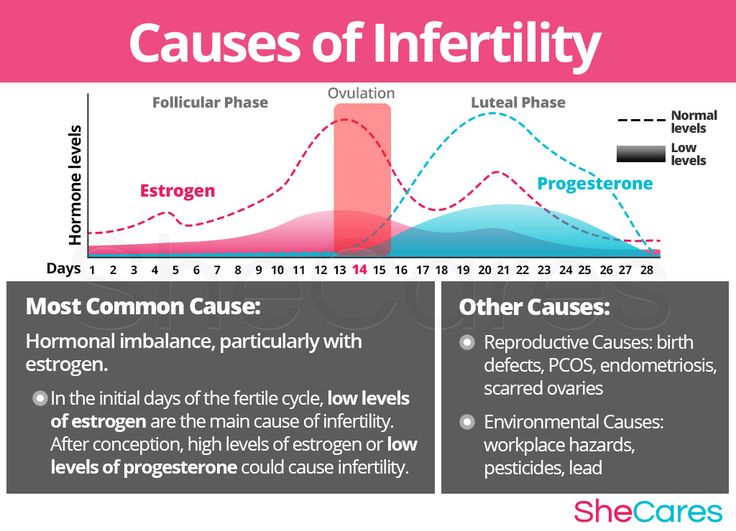 For the best chance of getting pregnant as long as there are no underlying fertility problems, it is recommended to have intercourse every 2-3 days during your cycle. In addition, fertility calendars, an ovulation test, and self-monitoring for signs of ovulation can help predict the ideal time to conceive.
For the best chance of getting pregnant as long as there are no underlying fertility problems, it is recommended to have intercourse every 2-3 days during your cycle. In addition, fertility calendars, an ovulation test, and self-monitoring for signs of ovulation can help predict the ideal time to conceive.
Menstrual calendar
It could be an old-fashioned pen and paper, a spreadsheet, or one of the many online calendars available. They are also known as ovulation calendars or ovulation calculators. They all do the same thing: keep track of your menstrual cycle dates and use the 12-16 day calculation outlined above to determine the days on which you are most likely to conceive.
Ovulation Tests
These are test kits that measure the level of luteinizing hormone (LH) in your urine. The essence of the measurement is to capture the surge in LH levels that occurs during your cycle a couple of days before ovulation. There are also tests that measure the same hormone pulsation but use a saliva sample.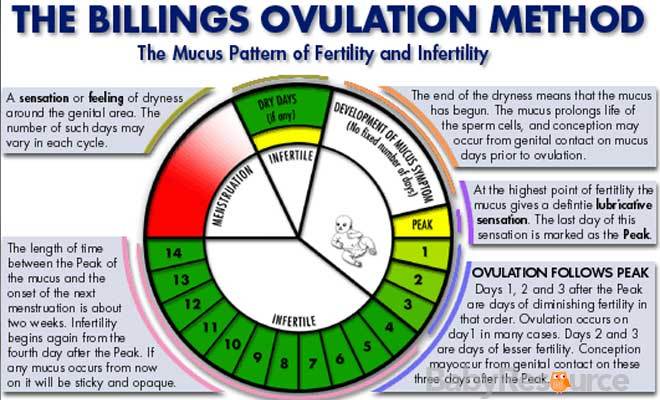 In these tests, saliva takes on the appearance of a fern-like pattern when it dries on glass. However, the most accurate analysis that allows you to track the LH peak is a urinalysis (rarely used in routine practice).
In these tests, saliva takes on the appearance of a fern-like pattern when it dries on glass. However, the most accurate analysis that allows you to track the LH peak is a urinalysis (rarely used in routine practice).
Self-monitoring for signs of impending ovulation
Self-monitoring includes taking temperature every morning after waking up, as well as monitoring the quality and consistency of vaginal mucus secretions. This must continue for several months so that ovulation can be tracked. This is the least reliable of the methods, because there can be many different causes of body temperature fluctuations (night rises, colds, blood sugar fluctuations), and in fact, many girls rightly find this procedure tedious and difficult to perform.
KFU professor spoke about the weather for the holidays
May 1, 2022 13:00
Natalia Rybakova
During the May holidays, the weather in the capital of Tatarstan will be determined by the anticyclone, the center of which is located in Western Europe over England.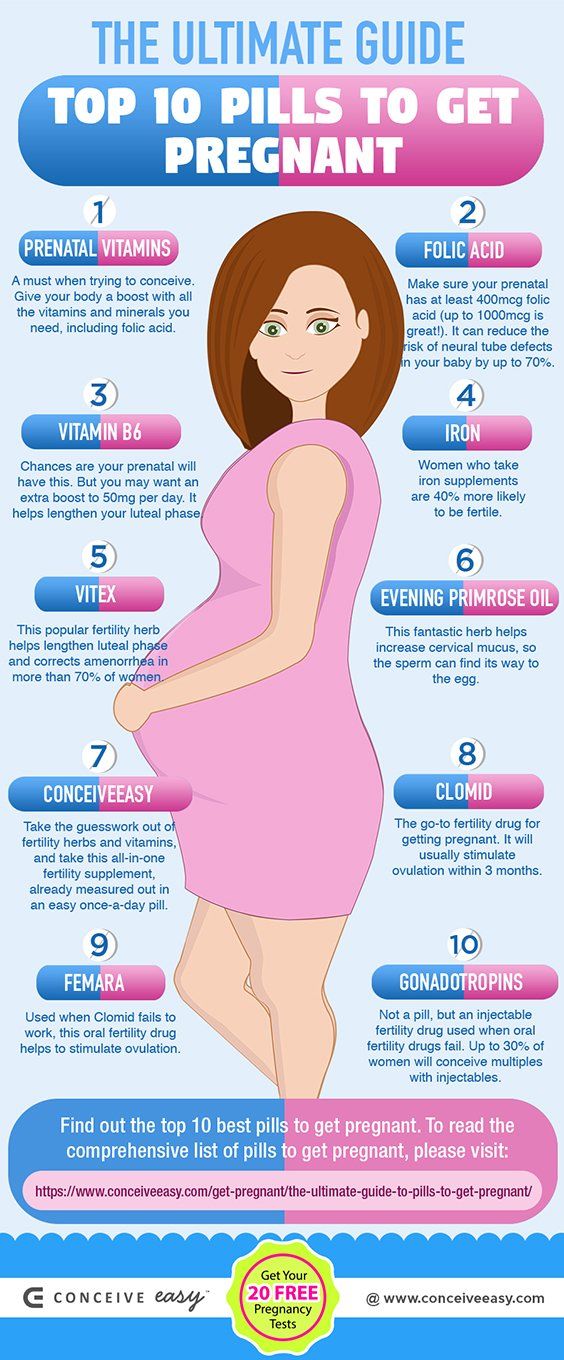 Yuri Perevedentsev, professor of Kazan Federal University, doctor of geographical sciences, told the correspondent of Tatar-inform about the changeability of the weather, possible rains, hail and thunderstorms.
Yuri Perevedentsev, professor of Kazan Federal University, doctor of geographical sciences, told the correspondent of Tatar-inform about the changeability of the weather, possible rains, hail and thunderstorms.
“In the next ten days, the temperature will be 3-5 degrees below normal”
According to the scientist, in early May, average daily temperatures are significantly behind the climatic norm.
Precipitation in early May is expected to be negligible. This is a dry and cool period, with polar air intrusions
Photo: © Vladimir Vasiliev / Tatar-inform
“On the first of May, the average daily temperature should be 10-11 degrees, but in fact it will be at the level of 5 degrees. The day will be sunny, no precipitation is expected, a northerly wind is possible. In the next decade, temperatures are expected to be 3-5 degrees below the climatic norm, it will be cool,” Yuri Perevedentsev said.
According to the scientist, the entire European part of Russia will be shrouded in cold.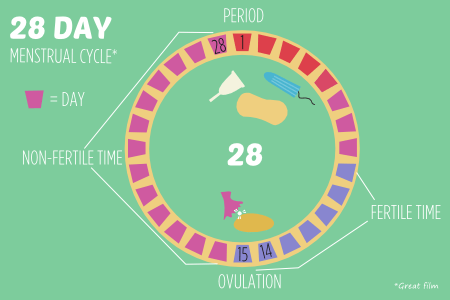 Precipitation in early May is expected to be negligible. This is a dry and cool period with polar air intrusions. However, by the end of the month it will become noticeably warmer.
Precipitation in early May is expected to be negligible. This is a dry and cool period with polar air intrusions. However, by the end of the month it will become noticeably warmer.
“The average monthly temperature in May in Kazan is usually 13 degrees Celsius, and precipitation falls at the level of 40 mm. According to the preliminary forecast of the Hydrometeorological Service of the Russian Federation, precipitation and average monthly temperatures this month in our city will be within the normal range,” said the KFU professor.
Throughout the month, temperature fluctuations are possible in the capital of Tatarstan. In the spring there is a lot of sun, so the air warms up significantly during the day.
Yuri Perevedentsev: “Last year summer in Kazan started on May 9th. This year, on Victory Day, there will definitely not be such a transition”
Photo: © Salavat Kamaletdinov / Tatar-inform
“The weather will be comfortable for the start of the summer season”
Meteorologists believe that summer comes when there is a steady transition of average daily temperatures through the 15-degree mark. According to climatic standards, this usually happens in our area in the third decade of May, but there are exceptions.
According to climatic standards, this usually happens in our area in the third decade of May, but there are exceptions.
“Last year summer in Kazan started on May 9th. This year, there will definitely not be such a transition on Victory Day, unlike last year, we do not have to expect high average daily temperatures in early May. But a 30-degree heat by the end of May may well be, we can’t renounce this, ”Yuri Perevedentsev believes.
The interlocutor of Tatar-inform noted that in early May the diurnal cycle is well expressed in Kazan: the nights are quite cool, frosts are possible in the lowlands.
“But overall it's not bad. People say: cold May is a fertile year, now the heat is not needed, ”the scientist noted.
The weather for the May holidays will generally be comfortable for the beginning of the summer season, because there will be no excruciating heat and rains
Photo: © Ramil Gali / Tatar-inform
According to him, the weather for the May holidays will generally be comfortable for the beginning of the summer season, because there will be no excruciating heat and rains.
“Four monthly rainfall fell on Kazan”
What do the residents of the city remember about April? It turns out that this month the capital of Tatarstan was hit by four monthly rainfall norms at once.
“According to the KFU weather station, 115 mm of precipitation hit Kazan in April, which is almost four monthly norms. Normally, 30 mm of precipitation should have fallen in a month. I don’t remember such a thing in the whole history,” said the KFU professor.
“According to the KFU weather station, 115 mm of precipitation fell on Kazan in April, which is almost four monthly norms”
Photo: © Ramil Gali / Tatar-inform
On the night of April 27-28 and in the morning, 16 mm of precipitation fell in the capital of Tatarstan, which is half of the monthly norm. Abundant precipitation Perevedentsev explained cyclonic activity. In the second spring month, cyclones constantly came to Kazan from the south, from the Mediterranean and Black Seas. The first month of spring, on the contrary, turned out to be very dry.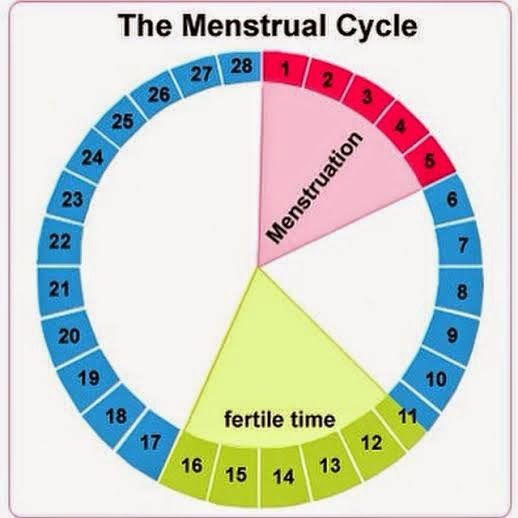 Anticyclones prevailed in March, with only 4 mm of precipitation falling during the month. Also, the outgoing April was remembered by the inhabitants of Kazan with thunderstorms, which are usually uncharacteristic for this period.
Anticyclones prevailed in March, with only 4 mm of precipitation falling during the month. Also, the outgoing April was remembered by the inhabitants of Kazan with thunderstorms, which are usually uncharacteristic for this period.
“Thunderstorms occur during atmospheric fronts, when large temperature drops occur. On April 27 in the afternoon in Kazan it was 20 degrees, and on April 28 - 9 degrees. The warm air was replaced by cold, polar air,” Yuri Perevedentsev explained.
“Summer cataclysms, thunderstorms, squalls, showers are possible”
Summer is just around the corner, what kind of weather will it please Tatarstan residents? According to the preliminary forecast, the summer in our lane will not be hot.
“According to the long-term forecast of Hydromet of the Russian Federation, July will be cool, temperatures are expected to be below the climatic norm. September will be hot, temperatures are expected to be above the climatic norm. June and August are expected to be within the climatic norm,” said the KFU professor.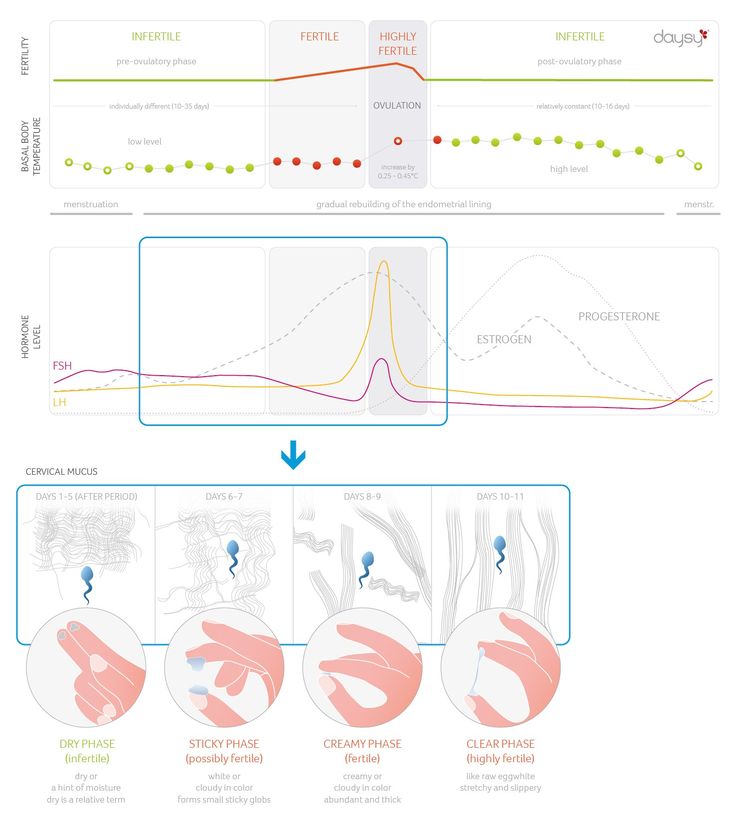
“In summer, with the arrival of a cold front, various cataclysms, thunderstorms, squalls, and showers are possible. There are more dangerous weather events in the summer than in winter"
Photo: © Mikhail Zakharov / Tatar-inform
In June, the average monthly temperature in Kazan is expected to be within the climatic norm, which is slightly above 17 degrees. Precipitation is predicted at the level of 60-68 mm, thunderstorms and showers are possible. July in our region is expected to be cold, the temperature is expected to be below the climatic norm, which is just over 20 degrees.
“In summer, with the arrival of a cold front, various cataclysms, thunderstorms, squalls, and showers are possible. In summer, there are more dangerous weather events than in winter, as a strong confection occurs,” Perevedentsev warned.
The temperature in August is expected to be within the normal range and will be about 17 degrees. Precipitation for the month will fall at the level of 60 mm.

